A PIONEERING Exmoor river restoration project has been declared an overwhelming success, delivering incredible benefits for nature and people in just 12 months.
The National Trust said the full ‘re-set’ of the River Aller through the Holnicote Estate and reconnection with its floodplain had exceeded expectations.
The innovative ‘Stage 0’ approach was the UK’s first large-scale scheme using ideas which were originally tried out in America.
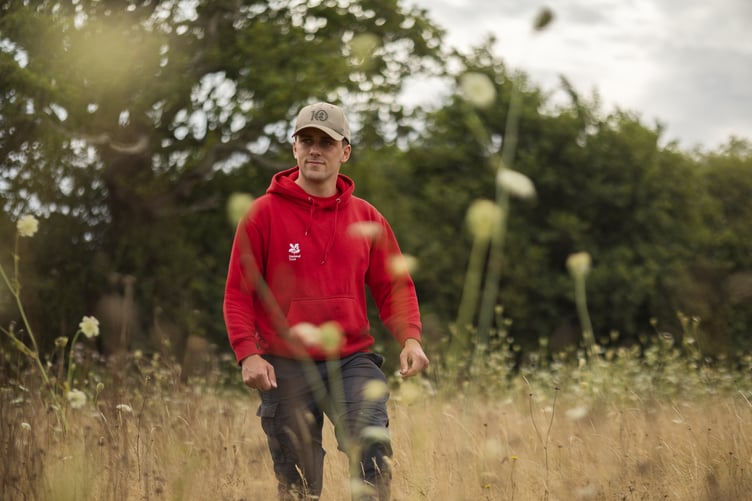
+ 11
(View All)
National Trust ranger Jack Siviter inspecting newly created wetland habitat on the Holnicote Estate, Exmoor. PHOTO: James Beck and National Trust Images.
The trust was attempting to fully reconnect the river waters with the surrounding floodplain by filling in three-quarters-of-a-mile of managed, straightened, and deepened sections to transform the area and dramatically create 17.3 acres of waterscapes and wetlands.
The project took three years to finish and after just 12 months scientists have documented impressive increases of nearly 1,800 per cent in aquatic habitat, including more than 10 football pitches equivalent of new waterscapes and wetlands, and improvements to water quality and slowing the flow to protect communities downstream.
Nature has been boosted thanks to the increase in wetland, with a wide variety of water-loving creatures benefiting, including water voles and waterfowl.
Trust project manager Ben Eardley said: “Trying any new technique is, of course, challenging, but we need to be bold in order to tackle the climate and nature crisis.
“We had just the worst winter you can imagine post-restoration in terms of the number of storms and sheer volume of rain.
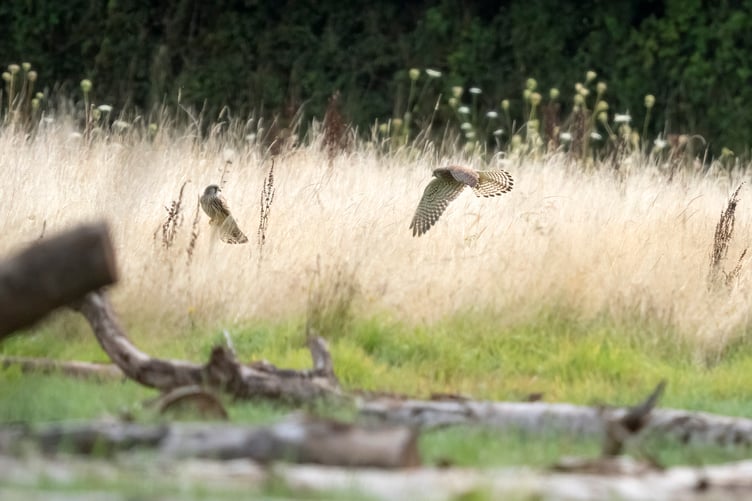
“But despite it being record-breaking conditions with high-flowing water levels, the site responded really well, increasing the ability to store water and lessening downstream storm flows, demonstrating the value of the restoration in providing resilience to hydrological extremes.”
Wetlands are considered a priority habitat for nature and extremely important to not only slow the flow of water and to hold it during times of drought, but also significant for their ability to store carbon and act as homes for wildlife.
The UK is estimated to have lost more than 90 per cent of its wetland habitat in the past 100 years, and more than 10 per cent of freshwater and wetland species are now threatened with extinction.
To help the National Trust understand how the site has developed, researchers from several universities, including Exeter, Loughborough, Nottingham, and Umeå, in Sweden, have been involved with monitoring water flow, water quality, and changes to the water table and development of the river channels and habitats.
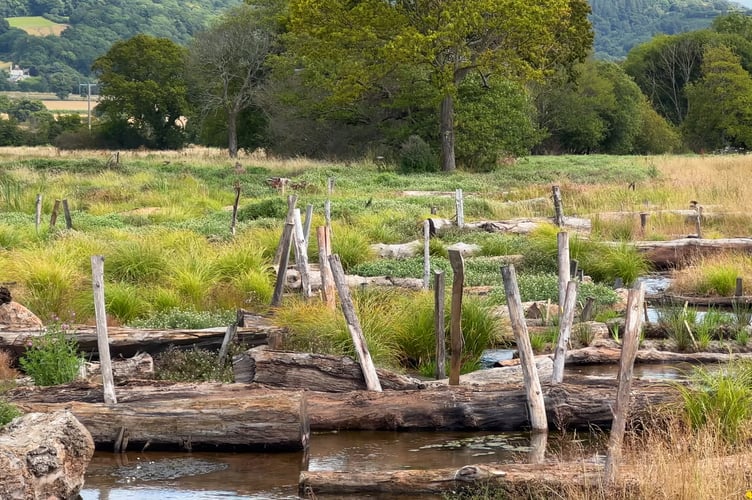
Umeå University’s Dr Richard Mason said: “Ground water levels rose dramatically across the site, in some places by over a metre.
“This allows the site to act as a large sponge or filter in the river catchment, helping to store winter flood water, reducing flood risk downstream, and releasing cleaner water more slowly in the drier months to help alleviate drought conditions.
“The twists and turns and numerous flow paths that are now present in the floodplain as the water wends its way over the site through thick vegetation acting as a filter to capture sediment eroded from upstream.
“The development of habitat to include faster flowing riffles and gravel beds has also been key for benefitting fish and other aquatic species.
“The site has moved from a very simple, static system with little opportunity for wildlife to one with significant dynamic complexity which has seen an explosion in life.
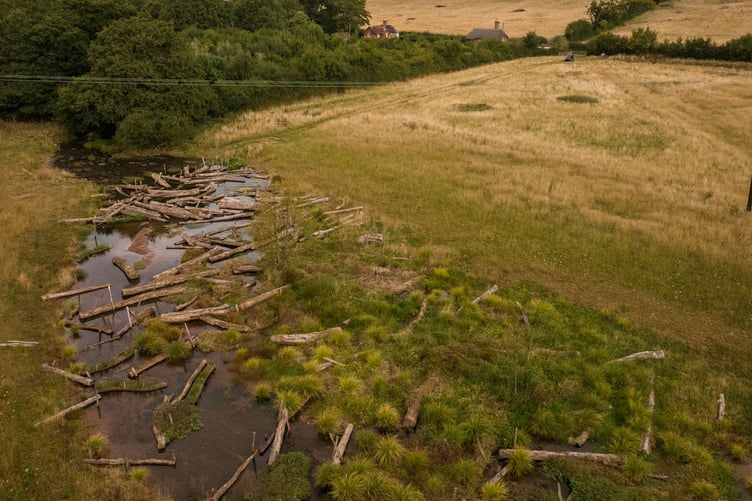
“Put simply, the system has moved from a very tidy area with little for wildlife to a messy complex jumble of waterscapes and diverse habitats that is full to the brim with a huge variety of plants and animals.”
National Trust Holnicote ranger Jack Siviter said: “The site has gone bananas in terms of the amount of wildlife and lush vegetation growth we have seen.
“There is a huge variety of plants and trees starting to shoot up across the wetlands such as greater tussock sedge which can grow to over two metres tall.
“This will provide a rich landscape for wildlife to thrive within.
“Thanks to the increased wetted area we have seen loads of water loving creatures like wild waterfowl, water voles, eels, lamprey, grass snake, trout, and birds such as red kite, buzzard, kestrel, sparrow hawk, swallow, swift, and sand martin.
“The martins, swifts and swallows are all using the site for feeding and nest building, while the birds of prey are using the site for foraging, which is in part due to the rewetting but also the longer sward.
“The constant supply of water has also resulted in the site being very green and lush with thousands of wildflowers, like wild carrot, providing food for pollinators.
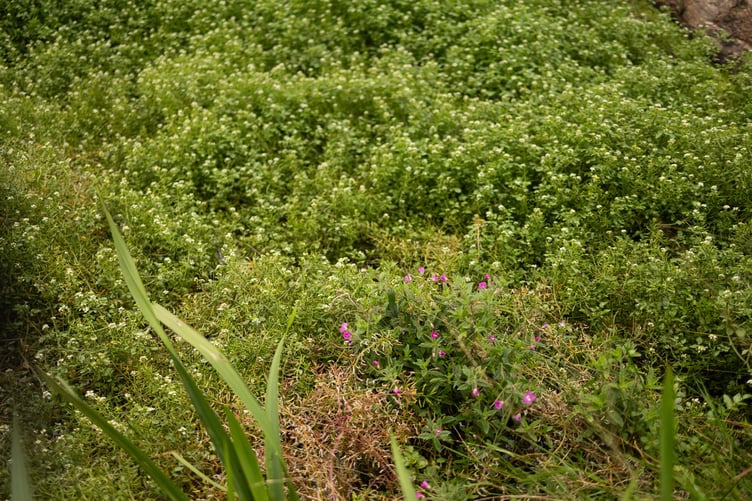
“As a consequence, we have seen raptors such as kestrels, herons, and deer, and even barn owls.
“The site has seen such an increase in insect life that at times there have been so many swallows the effect has been a feeding frenzy with hundreds and hundreds of birds swarming to feed on the abundance of food.
“One of the coolest species we have seen is a green sandpiper, which is a great indicator species for healthy, lowland wetland habitat.”
Dr Alan Puttock and Professor Richard Brazier, from Exeter University, said: “Using drones and in-river sensors to monitor the project, we found the dramatic changes following the reconnection of the river with its floodplain have resulted in lessening downstream flow regimes.
“Enabling water to find its own pathway across a floodplain, undoing the long history of drainage of the landscape, has embodied the very definition of a nature-based solution to river restoration.”
Environment Agency catchment co-ordinator Matt Pang said: “One year on and the environmental response to the River Aller restoration exceeds expectations.
“A rich and diverse wildlife haven has exploded from this back-to-basics, nature-based approach and the wider environment is better for it.
“Less flood risk, more wildlife, plus some rare species, the results are mind blowing and we cannot wait to see what the coming years bring.”
Careful monitoring of the project will continue to further understand how the topography develops as well as the ecology of the site.
More information about the Riverlands project: can be found here.

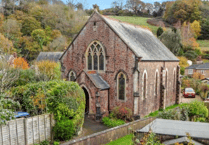


Comments
This article has no comments yet. Be the first to leave a comment.